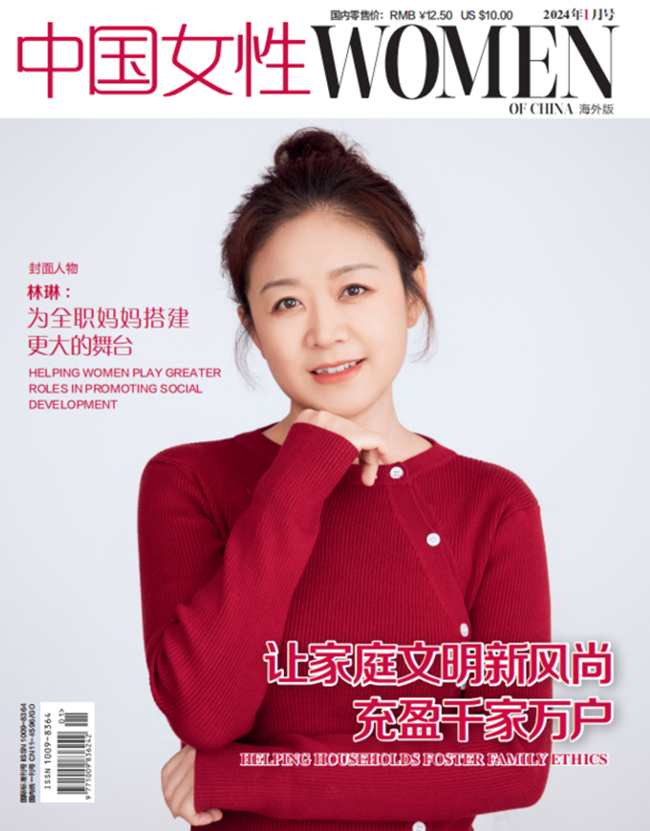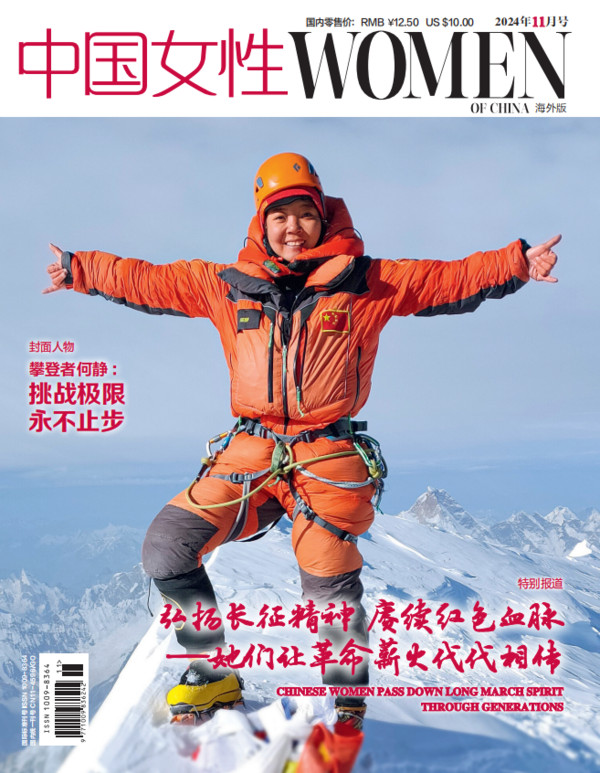China Makes Progress in Consolidating Poverty Alleviation: Official
BEIJING, Feb. 23 (Xinhua) — China's poverty alleviation achievements in 2021 have been consolidated and expanded amid efforts to prevent a mass return to poverty, an official said Wednesday.
A dynamic monitoring and support mechanism to prevent the once poor population from falling back into poverty was established, and nearly 70 percent of those monitored are risk-free, Liu Huanxin, head of the National Rural Revitalization Administration, told a press conference.
Last year, the central government allocated 156.1 billion yuan (24.66 billion U.S. dollars) in subsidies to promote rural vitalization. It is an increase of 10 billion yuan over the previous year. Of this amount, over 50 percent went to industrial development, Liu said.
A total of 31.45 million people came out of poverty and found work in 2021, an increase of 1.26 million, or 4.2 percent, over the previous year.
The per capita net income of those lifted out of poverty reached 12,550 yuan, an increase of 1,810 yuan, or 16.9 percent, from 2020.
The country rolled out 33 policies to effectively link poverty alleviation with rural vitalization by deepening cooperation between the eastern and western regions. It provided targeted assistance and follow-up support for poverty alleviation relocation, said Liu.
In the future, more efforts will be made to increase the incomes of people lifted out of poverty, said Liu. He stressed continued work to increase follow-up support for industrial employment, infrastructure, and public services in relocation settlements.
China unveiled its "No. 1 central document" for 2022 Tuesday, outlining vital tasks to comprehensively push forward rural vitalization.
"We must hold the bottom lines of guaranteeing China's grain security and ensuring no large-scale return to poverty," the document noted.
(Source: Xinhua)
Please understand that womenofchina.cn,a non-profit, information-communication website, cannot reach every writer before using articles and images. For copyright issues, please contact us by emailing: website@womenofchina.cn. The articles published and opinions expressed on this website represent the opinions of writers and are not necessarily shared by womenofchina.cn.






.jpg)

 WeChat
WeChat Weibo
Weibo 京公网安备 11010102004314号
京公网安备 11010102004314号